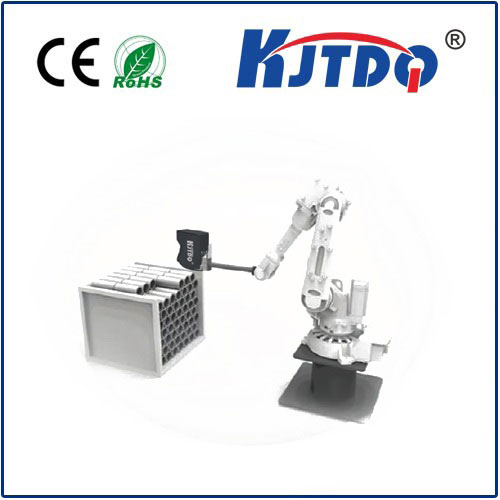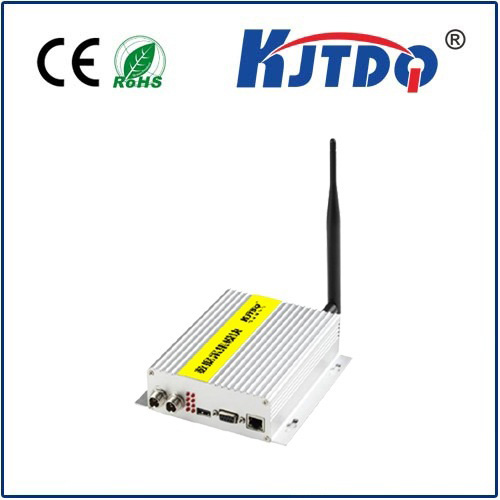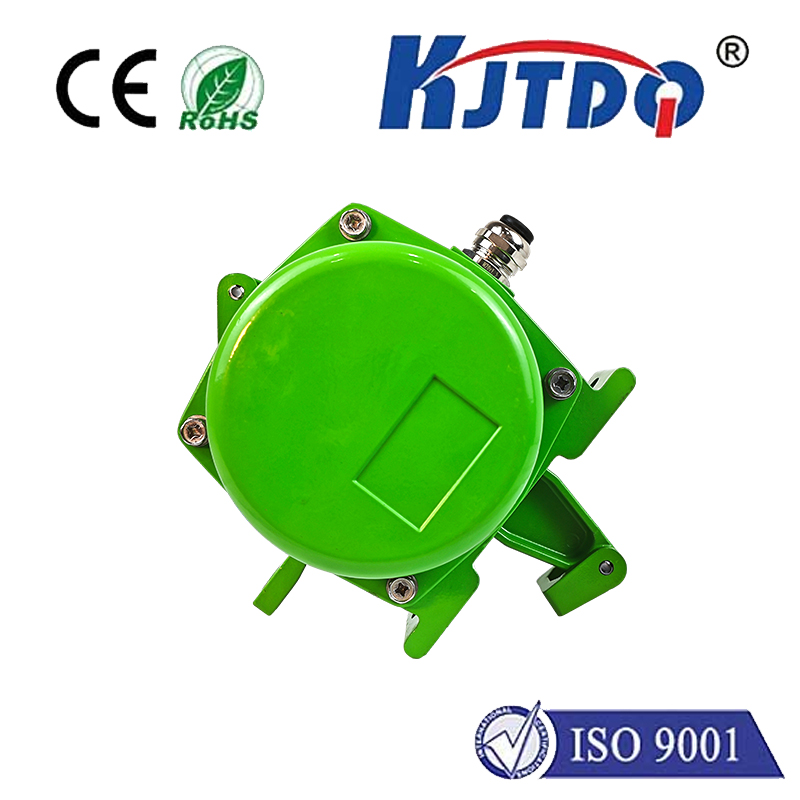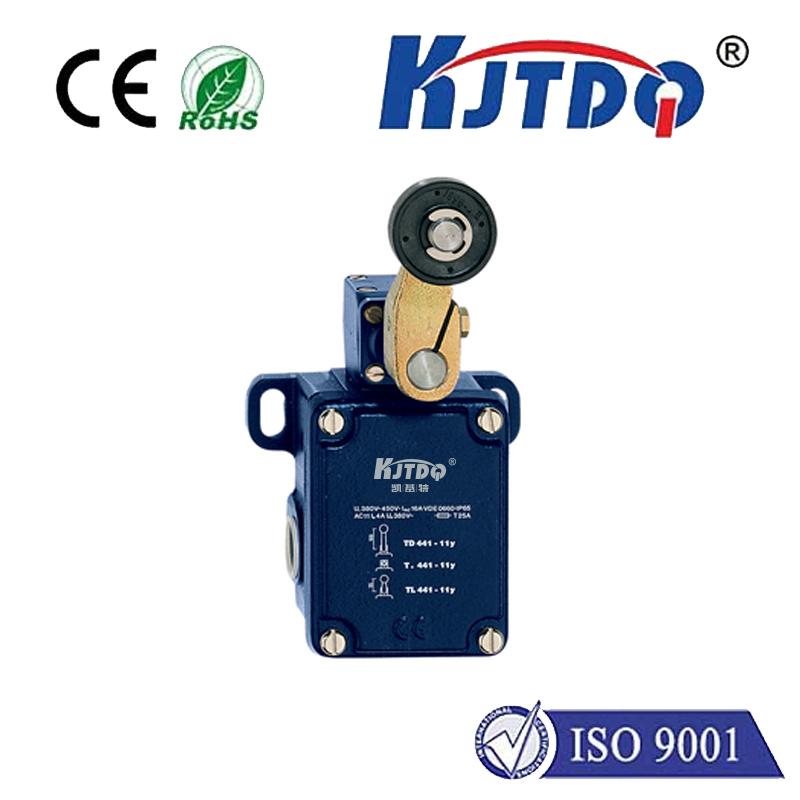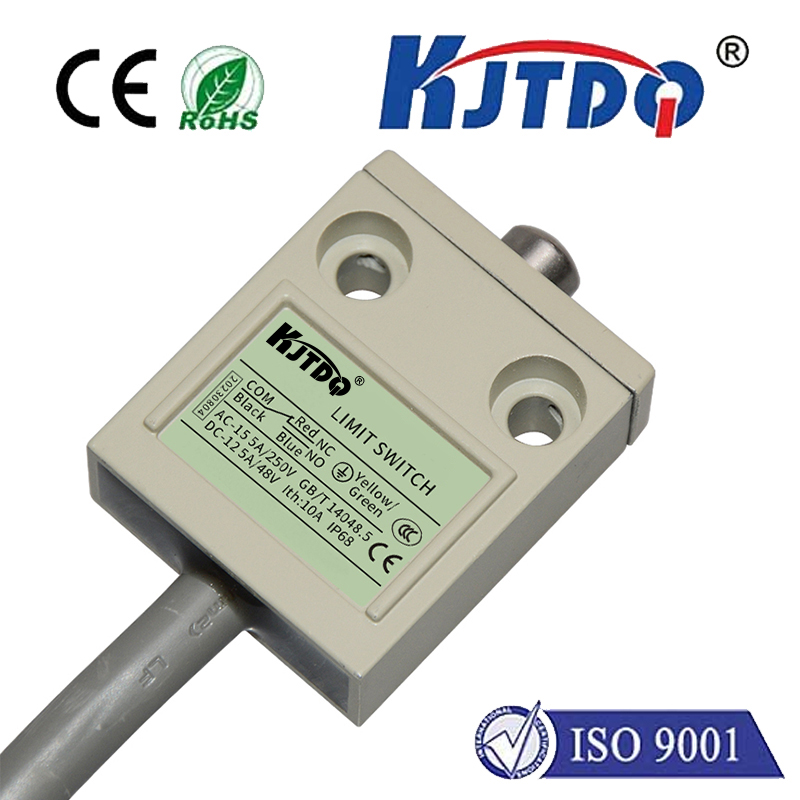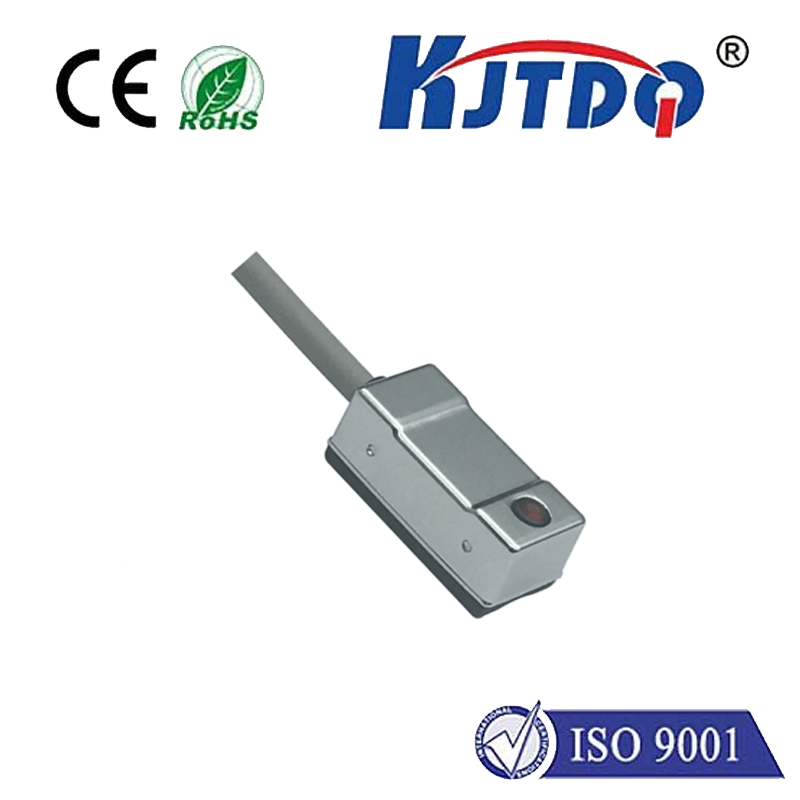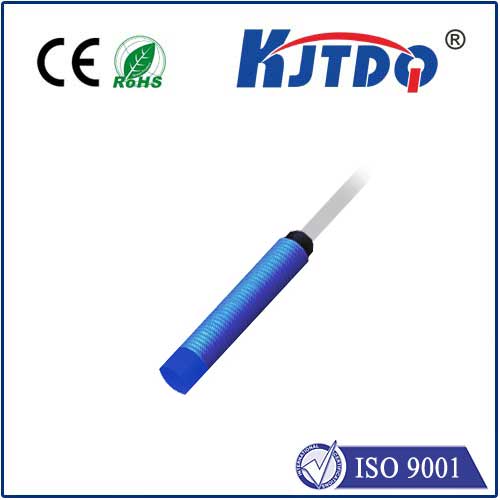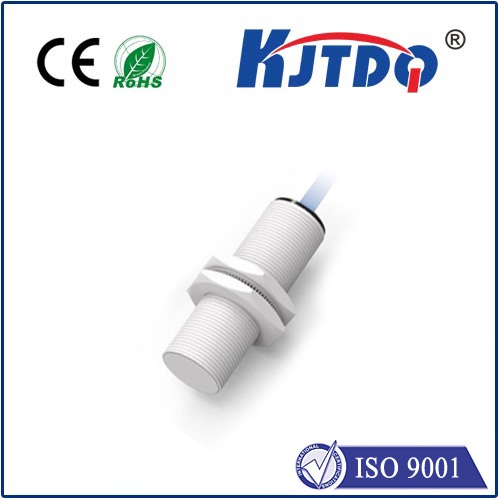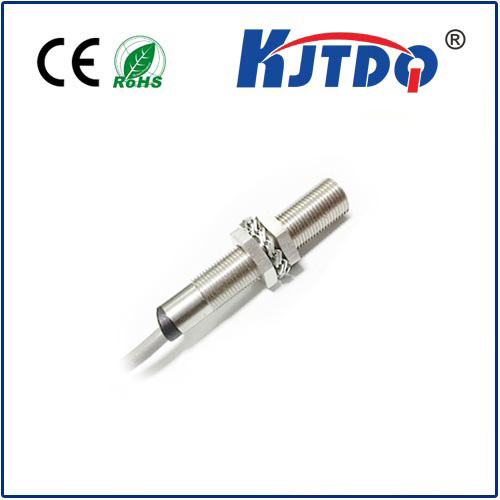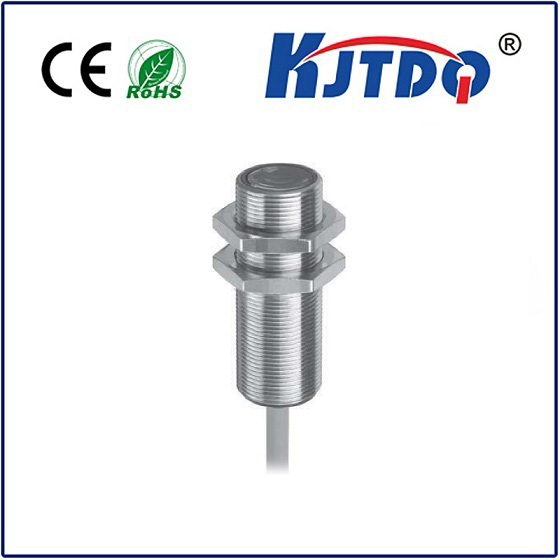
check

check

check

check
Title: Introduction to LA31/LK31/25/31/115 Opposite Type Photoelectric Sensor
The LA31/LK31/25/31/115 Opposite Type Photoelectric Sensor is a sophisticated, cutting-edge device designed for precise detection over long distances. This sensor is part of the Pepperl + Fuchs series, known globally for its high quality and reliability in the automation sector. The model designations—LA31, LK31, 25, 31, and 115—represent variations that cater to specific application requirements, ensuring versatility in diverse industrial settings.

Photoelectric sensors are integral to modern automation systems, providing non-contact detection solutions essential for safety and efficiency. The LA31/LK31/25/31/115 Opposite Type distinguishes itself with an impressive detection range of up to 30 meters, making it highly suitable for large-scale facilities where monitoring vast areas is necessary. This capability makes it ideal for applications in logistics centers, production lines, and other expansive environments where accurate and reliable detection is paramount.
The term "opposite type" refers to the configuration whereby emitter and receiver parts of the sensor are separate but face each other. This setup enhances detection accuracy and stability, as it minimizes ambient interference and maximizes the sensor's effective range. By having distinct units for emission and reception, the LA31/LK31/25/31/115 can maintain consistent performance even in challenging conditions such as high ambient light or dusty environments.
These sensors are not just confined to industrial applications; they also play a crucial role in security systems, ensuring unauthorized access is detected and reported promptly. Their high sensitivity and adjustable settings make them adaptable to various security protocols, offering robust surveillance options.
In summary, the LA31/LK31/25/31/115 Opposite Type Photoelectric Sensor by Pepperl + Fuchs stands out with its superior detection abilities, versatile applications, and reliable performance. It exemplifies how technological advancements continue to enhance automation and security across multiple industries.
